The Zero Budget Natural Farming (ZBNF) is considered as “do-nothing farming”.
- It involves the application of nature’s principles in farming.
- It practices no-till, no chemical use in farming.
- Alongside, dispersal of clay seed balls to propagate plants is done.
The key aspects that are integral to ZBNF and which require locally available materials are:
- seeds treated with cow dung and urine
- soil is rejuvenated with cow urine, cow dung, and other local materials to increase microbes
- cover crops using straw and other organic matter to retain the soil moisture and build humus
- soil aeration for favorable soil conditions
The above-mentioned methods are combined with natural insect management methods when required.
The Zero Budget Natural Farming is regarded as the technology of the future with a traditional idiom.
Background
- It was developed by Subhash Palekar from Maharashtra in the mid-1990s as an alternative to the Green Revolution’s methods, which led to indebtedness and suicide among the farmers was due to increasing cost on external inputs in agriculture.
- During this revolution, the impact of chemicals on the environment and on long-term fertility was also very devastating.
- Zero Budget Natural farming would break the debt cycle for many small farmers.
The Four wheels of ZBNF has to be implemented in practically:
The “four wheels” of ZBNF are ‘Bijamrita’, ‘Jiwamrita’, and ‘Waaphasa’, ‘Mulching’, says Palekar, a Padma Shri awardee.
Bijamrita is a mix of desi cow urine, dung, bund soil, water, and lime that is utilized as a seed treatment solution prior to sowing.
Jiwamrita is a fermented mixture of the cow urine and dung (of the desi breeds), pulses flour, jaggery, water, and soil from the farm bund. This isn’t a fertilizer, but just a source of around 500 crore micro-organisms that can convert all the essential “non-available” nutrients into “available” form.
Waaphasa, or providing water to maintain the essential moisture-air balance, also derives the same goal.
Mulching, or covering the plants with a layer of dried straw or fallen leaves, is done to conserve the soil moisture and to keep the temperature around the roots at 25-32 degrees Celsius, which allows the microorganisms to do their job.
Palekar also promotes the use of remarkable ‘Neemastra’ ‘Agniastra’, and ‘Bramhastra’, concoctions that are based on desi cow urine and dung, plus pulp from leaves of neem, white datura, papaya, guava and pomegranates for controlling pest and disease attacks.
Why does it matter?
- According to the National Sample Survey Office (NSSO) data, almost 70% of agricultural households pay out more than they earn and more than 50% of all the farmers are in debt.
- In States such as Andhra Pradesh and Telangana, levels of indebtedness are around 90%, where each household holds up an average debt of Rs. 1 lakh.
How is ZBNF better than organic farming?
- Organic agriculture often involves the addition of materials required in bulk and must be
- These are large amounts of manure, vermin compost, and other materials.
- These turn out to be expensive for most small farm holders.
Advantages
- Besides reduced input costs, farmers practicing ZBNF get higher yields.
- Elimination of chemical pesticides and the promotion of good agronomic practices.
- Promote regenerative agriculture, improve soil biodiversity, and productivity.
- Ensure decent livelihoods to smallholder farmers.
- Restore ecosystem health through diverse, multi-layered cropping systems.
- Anyone who is having half an acre of land can start Z
- Using ZBNF techniques, one can convert even the most infertile land into a fertile
- Women’s empowerment and nutrition.
Has it been successful in any part of the country?
- ZBNF was adopted by Karnataka as a movement by Karnataka Rajya Raitha
- Andhra Pradesh became India’s first State to practice 100% natural farming by 2024 and it aims to phase out chemical farming from over 80 lakh hectares of land, thereby converting the State’s 60 lakh farmers to the ZBNF methods.
- Himachal Pradesh, Chhattisgarh, Kerala, Karnataka, and Uttarakhand are also planning to adopt ZBNF.
Budget Allocation
Norms to promote organic farming and soil health: Government has revised the norms for the Rashtriya Krishi Vikas Yojana and the Paramparagat Krishi Vikas Yojana, which has an allocation of Rs. 3,745 crore and Rs. 325 crore respectively this year.
Role of state: Centre allows States to use their funds to promote the ZBNF, Vedic farming, cow farming, natural farming, and a host of other traditional methods.
Scope in Future:
- The program can have a positive effect on many of the sustainable development goals.
- As ZBNF is applied in India’s various agro-ecological zones, making farmers the innovators is essential.
- Agricultural scientists in India must rework their strategy so that farming is in consonance with nature.
- The dominant paradigm of chemical-based agriculture has failed and regenerative agriculture is the emerging new science.


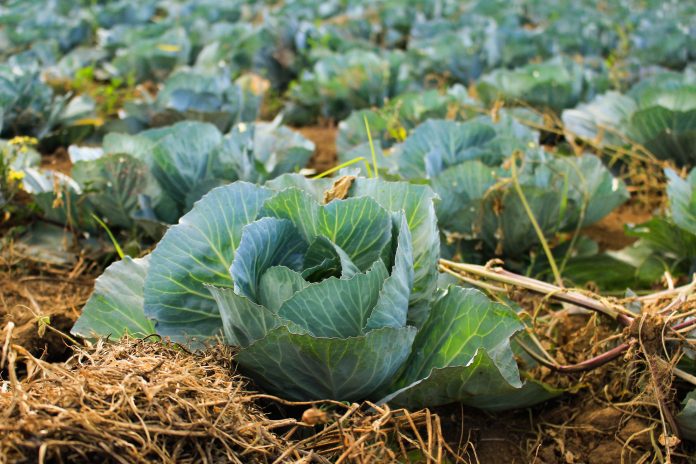
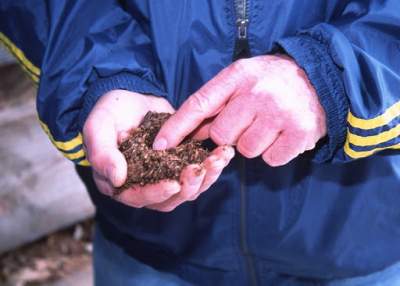

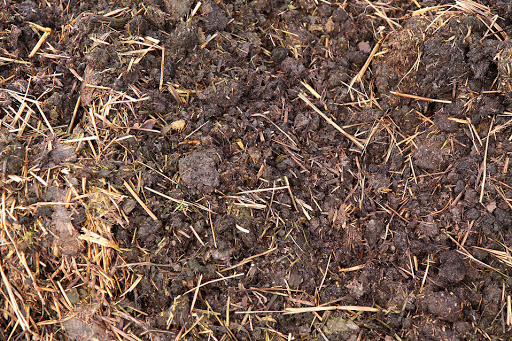
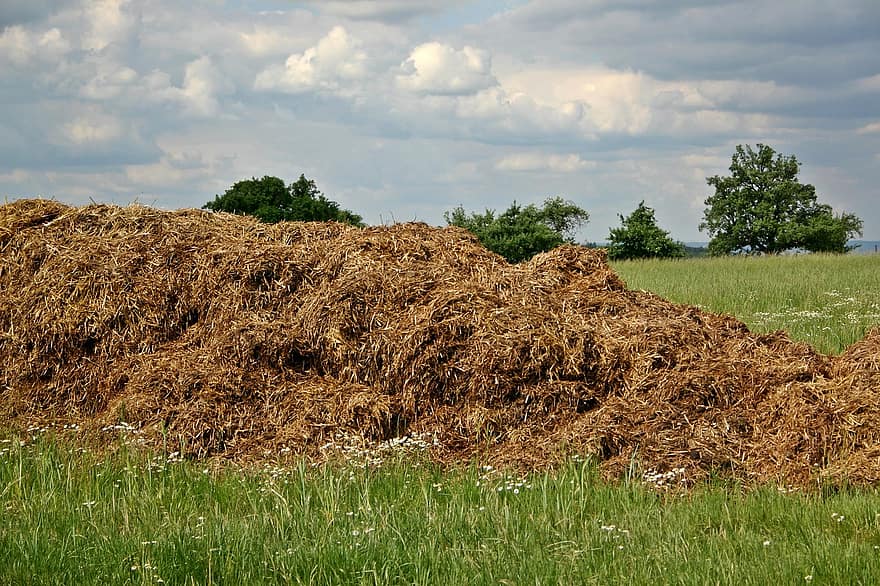
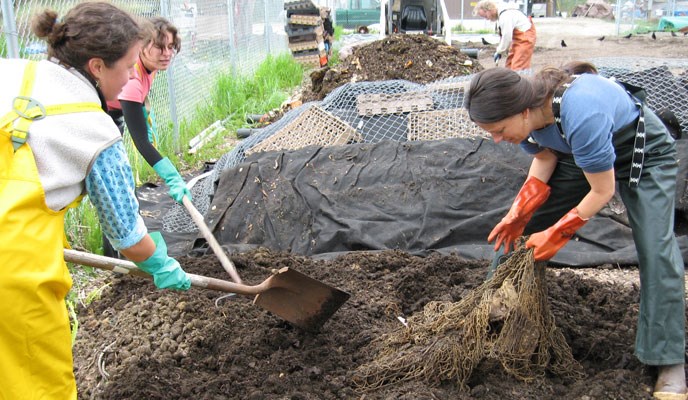




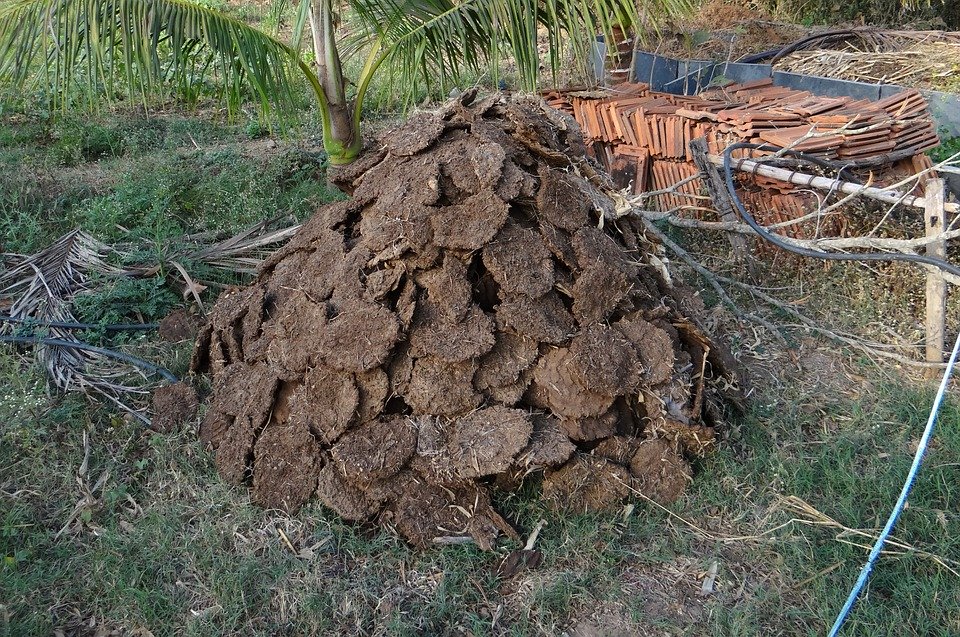
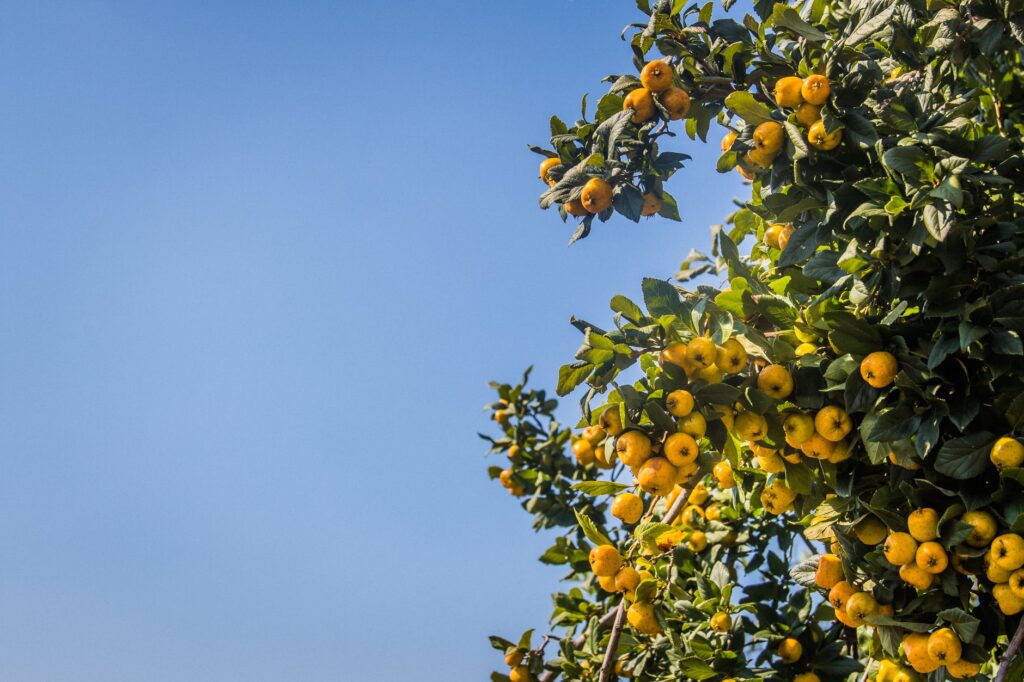
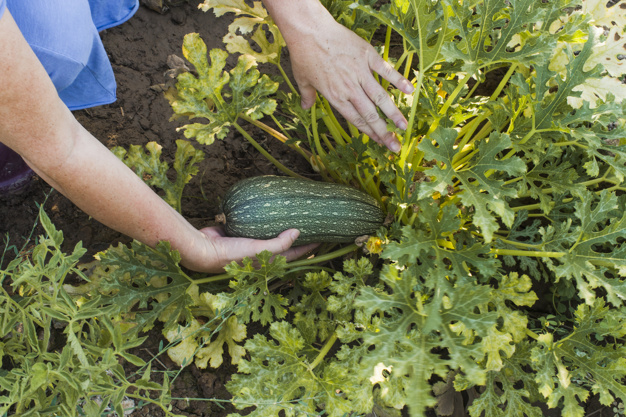

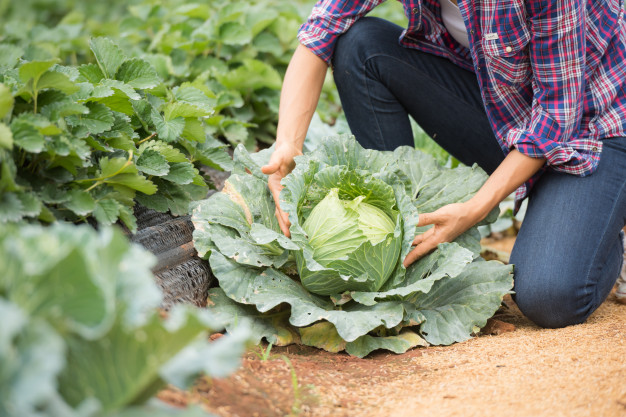









Very fantastic information.
Thank you
Normally I don’t read post on blogs, but I wish to say that this write-up very forced me to try and do it! Your writing style has been amazed me. Thanks, quite nice post.
Thank you
Real excellent information can be found on blog.
Thank you
You got a very great website, I discovered it through yahoo.
Thank you
We stumbled over here from a different web page and thought I should check things out. I like what I see so i am just following you. Look forward to going over your web page repeatedly.
Thank you
Great post, I believe website owners should acquire a lot from this blog its rattling user friendly.
Great wordpress blog here.. It’s hard to find quality writing like yours these days. I really appreciate people like you! take care
Thank you